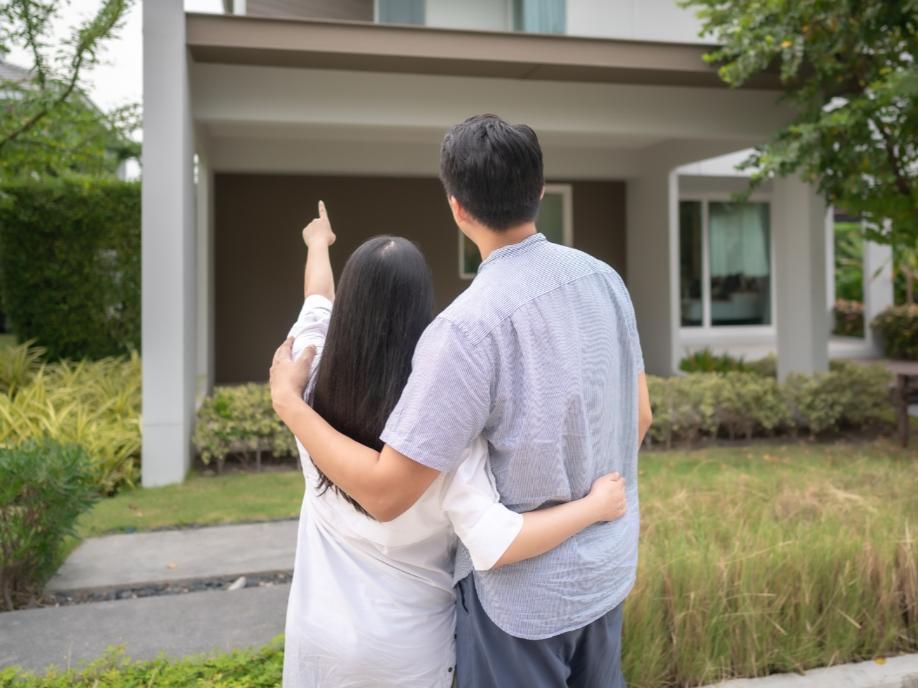Search for topics or resources
Enter your search below and hit enter or click the search icon.

If you've recently moved into a new construction home, you may be concerned about settling. You might have seen some evidence of settling. Or, you might be worried about eventual settling. Is it normal for new houses to settle? What should you do if you notice settling?
South Central Services has insulated hundreds of new construction homes in southern Pennsylvania. As a frequent subcontractor, we continue to seek more and more education about building science. It is vital for our work to understand how homes work as a whole.
By the end of this article, you will understand what settling is and how to handle it.
Settling can seem scary. It may feel like settling is evidence of something gone wrong. But in reality, all houses settle. In new construction homes, settling usually occurs during the first year of occupancy.

Once construction has concluded, the house comes to rest. There is some shrinking in the wood as things dry down. A new home stacks a lot of weight on top of itself. That compression on points in your foundation manifests in some settling.
Settling is almost guaranteed. It shouldn't be significant, but you should expect to see some evidence of settling.
Evidence of settling can include drywall cracking, separation of some trim, and "nail pops" in the drywall.

Settling should be fairly minuscule in the grand scheme of things. You shouldn't be able to walk up to a house and notice settling in the structure of the house. Evidence of settling is largely internal and cosmetic.
If you have cracks in your drywall or trim separation, how can it be fixed?
These things can be resolved as a DIY. However, you may have the opportunity to get these issues repaired by your builder.
Not every builder offers a warranty, but many builders do. Warranties have become somewhat standard in new construction. While not everything is covered under warranty, your home may have a 1-year warranty from the builder.
In these cases, builders may return voluntarily or by your request at the 1-year mark to address any problems that fall under the warranty.
If your home qualifies for an active warranty, be sure to document any issues that you have discovered while living in your home. Everything you find may not be covered by the warranty, but it is your role and responsibility to share the information you have with the builder.
Settling is normal and expected. Settling does not refer to major structural issues. Rather, this is the term given to describe a home being at rest after construction. Small cosmetic issues may arise during settling.
These issues can be resolved by the builder if covered under a warranty. Or, the problems can be fixed as a DIY project.
Now that you understand that settling is normal in new construction, your next step is to:
Disclaimer: While we strive to publish information accurate to building science, local building codes and standards supersede our recommendations.
Kilian has co-owned and operated South Central Services for 8 years. He is passionate about community involvement. In his spare time, he enjoys being with his family, playing ice hockey, and going fishing with friends.
Topics: